The plan to refreeze Arctic ice
Scientists are hoping the proposed innovation can help reverse the melting of sea ice in the Arctic
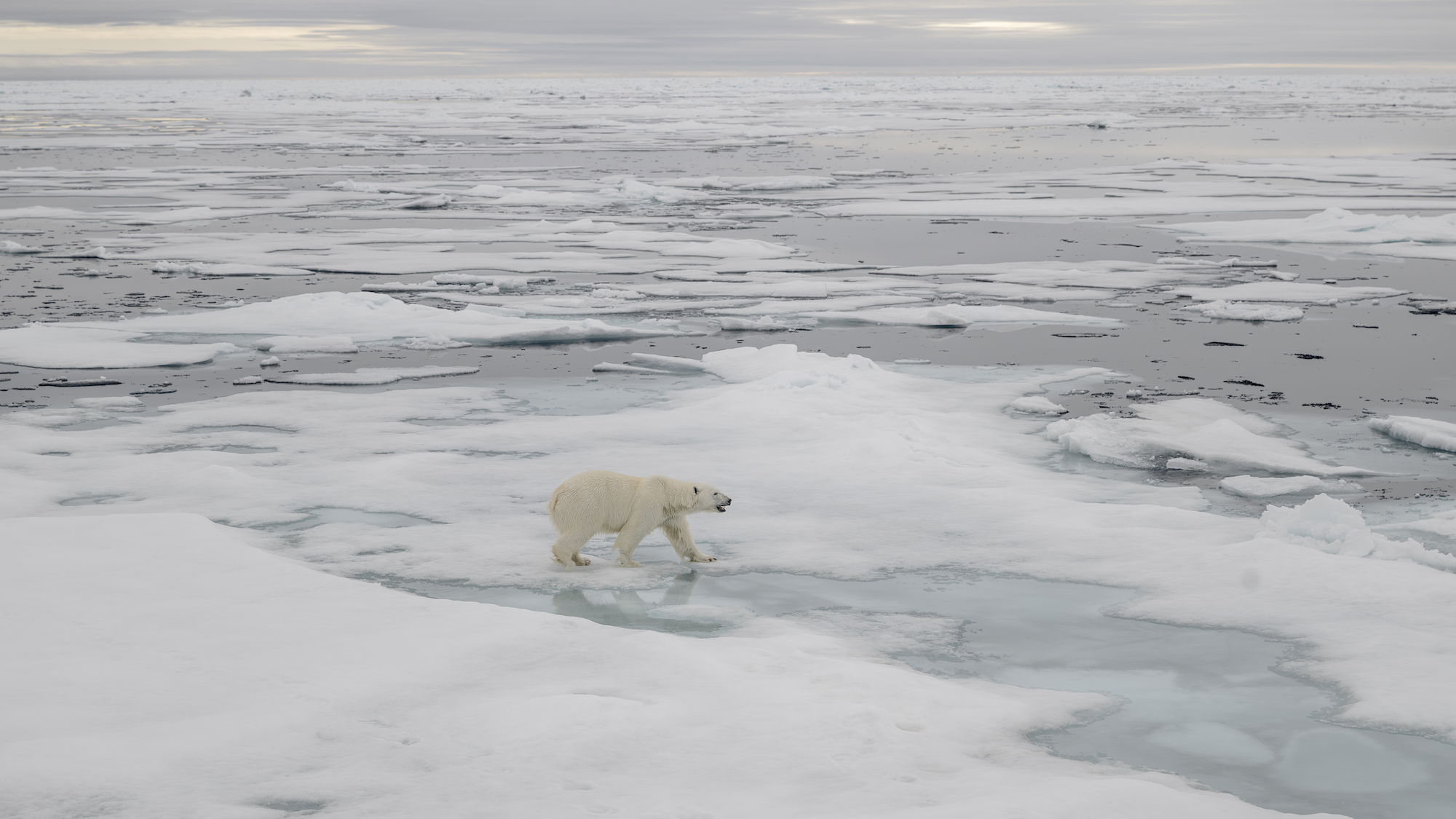
Each decade around 13% of the ice in the Arctic Ocean is lost, but scientists are now exploring whether new technology can help refreeze the sea ice and halt its rapid decline.
Such is the rate of climate change in the region that experts believe, without intervention, it could be "ice-free in the summer in the 2030s", said the New Scientist, with devastating worldwide consequences.
How bad is the situation in the Arctic?
The level of Arctic sea ice has declined starkly in recent decades due to increasing global emissions and the "oldest and thickest ice in the Arctic has declined by a stunning 95%" since the 1980s, said the World Wildlife Fund.
The Week
Escape your echo chamber. Get the facts behind the news, plus analysis from multiple perspectives.

Sign up for The Week's Free Newsletters
From our morning news briefing to a weekly Good News Newsletter, get the best of The Week delivered directly to your inbox.
From our morning news briefing to a weekly Good News Newsletter, get the best of The Week delivered directly to your inbox.
At this point, there is some consensus that even if "greenhouse gas emissions are sharply reduced" immediately, the Arctic would still be free of summer ice by the next decade, said The Guardian. Research published last year suggests 90% of the melting had been due to "human-caused global heating", the paper added, and now the world must prepare for the knock-on effects including rising sea levels and more extreme summer heat and winter cold, as well as loss of habitat for wildlife.
What are the proposed solutions?
Stopping the thaw would take an effective global effort to reduce carbon emissions, but in the shorter term, scientists have proposed numerous innovative solutions to try and quell the impact.
The Arctic Ice Project has put forward the idea of "sprinkling parts of the Arctic with a thin layer of glass beads" which could "boost surface reflectivity and create more ice" and start a "cooling feedback loop", said The Guardian.
Other solutions include building "free-floating" underwater sea walls that "block the warm ocean currents from melting the glacier from below" and mimicking the cooling effect caused by some natural events like volcanic eruptions. The latter is perhaps the most controversial, as it involves "releasing calcium carbonate into the stratosphere" that can block solar radiation and could damage the ozone layer in the long term.
A free daily email with the biggest news stories of the day – and the best features from TheWeek.com
The solution gaining the most traction appears to be the "audacious" refreezing proposal which is hoped can make the ice "thicker and longer-lasting", said The Times.
How does the refreezing plan work?
The idea is that engineers will use pumps to spread seawater on top of the ice that will freeze over winter and last longer into the summer months.
Scientists from two enterprises, Real Ice and Arctic Reflections, have been testing the system, which involves sending an underwater drone to find thin ice and punch a hole through to the surface and "flood" seawater over the top of the ice. It is hoped that the extra water will speed up the "natural freezing process" and "create ice that is about a metre thicker" and therefore more durable in the warmer temperatures.
Though the system has been through numerous tests already, this year was the first time the pumps were powered by renewable energy, running on hydrogen.
Will it work?
The most obvious issue is scale. The sheer size of the Arctic means there is doubt over whether the technology could be rolled out effectively and widely enough to make a significant difference. Some research suggests "deploying pumps across a tenth" of the area could "reverse present trends of ice loss", said The Times, but that would require "about 10 million pumps" alone.
There is also the "risk of unintended consequences", said the New Scientist, such as negatively impacting the wildlife living there by reducing snow cover, as well as potentially creating a lower melting temperature for the ice by pumping salty water onto it.
Such innovations as refreezing are not a "solution" to the problem, Hayo Hendrikse, assistant professor at Delft University of Technology told The Guardian, but merely a "sticking plaster" that could be used on a "smaller scale".
Richard Windsor is a freelance writer for The Week Digital. He began his journalism career writing about politics and sport while studying at the University of Southampton. He then worked across various football publications before specialising in cycling for almost nine years, covering major races including the Tour de France and interviewing some of the sport’s top riders. He led Cycling Weekly’s digital platforms as editor for seven of those years, helping to transform the publication into the UK’s largest cycling website. He now works as a freelance writer, editor and consultant.
-
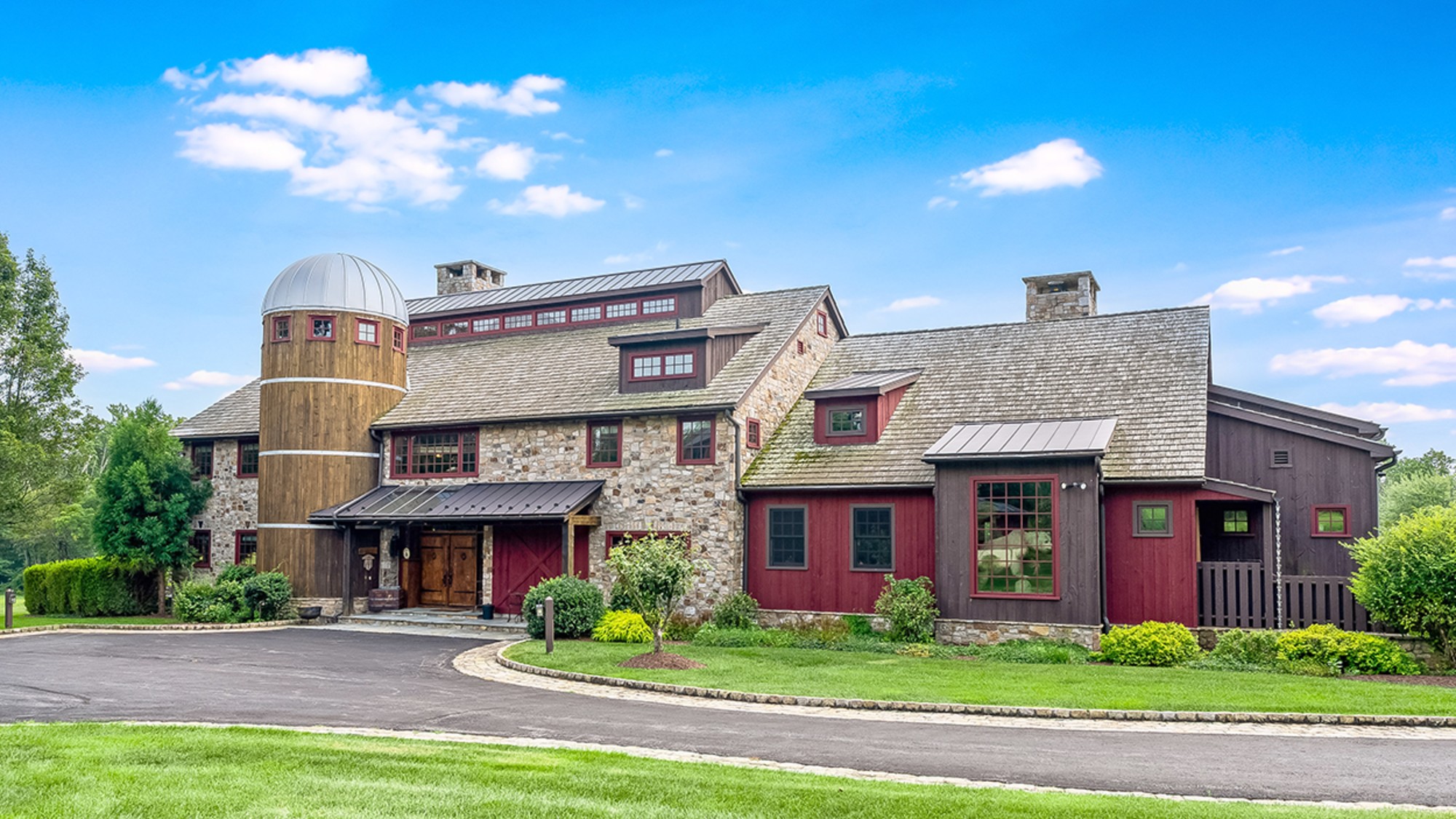 6 lovely barn homes
6 lovely barn homesFeature Featuring a New Jersey homestead on 63 acres and California property with a silo watchtower
-
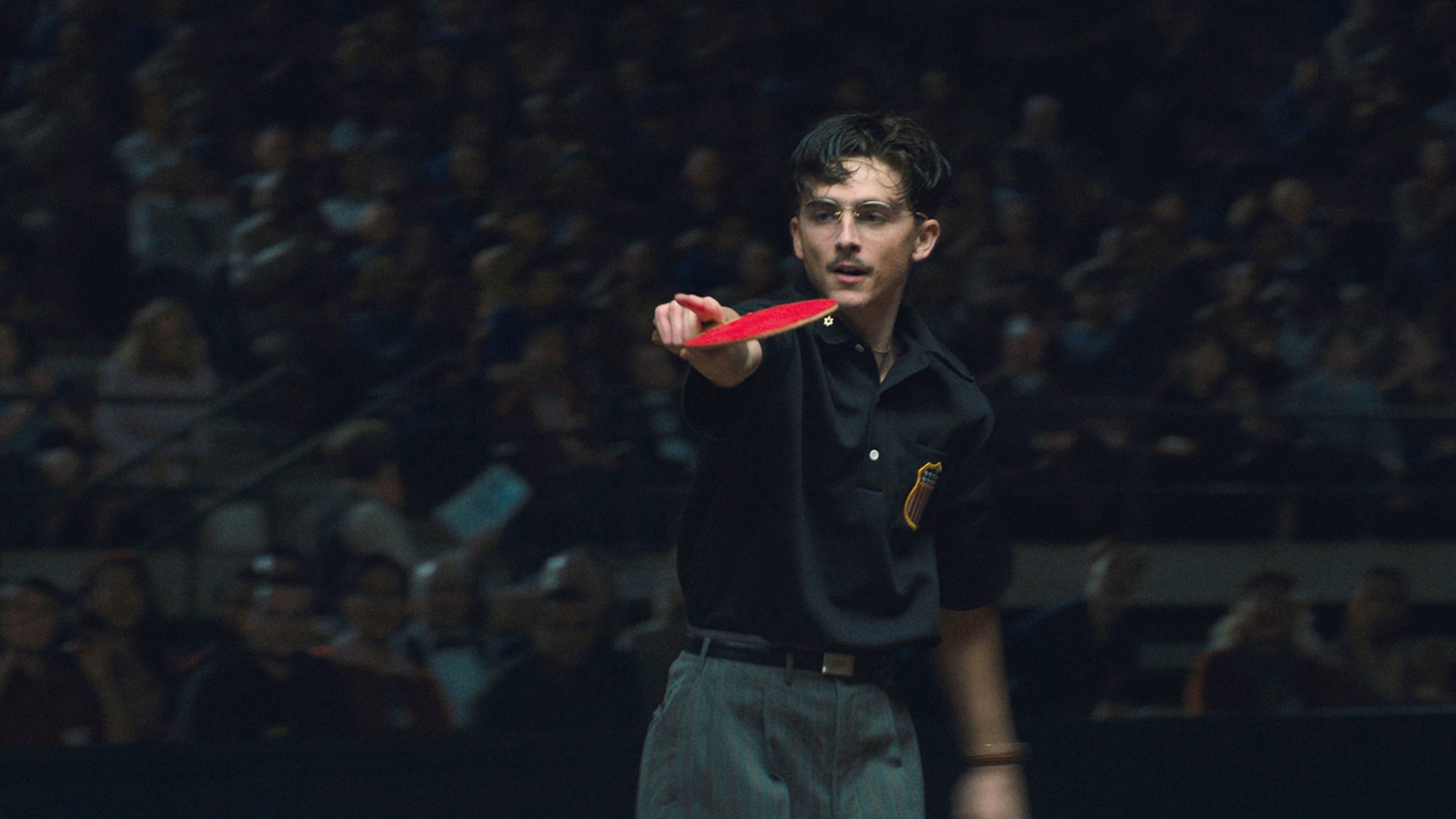 Film reviews: ‘Marty Supreme’ and ‘Is This Thing On?’
Film reviews: ‘Marty Supreme’ and ‘Is This Thing On?’Feature A born grifter chases his table tennis dreams and a dad turns to stand-up to fight off heartbreak
-
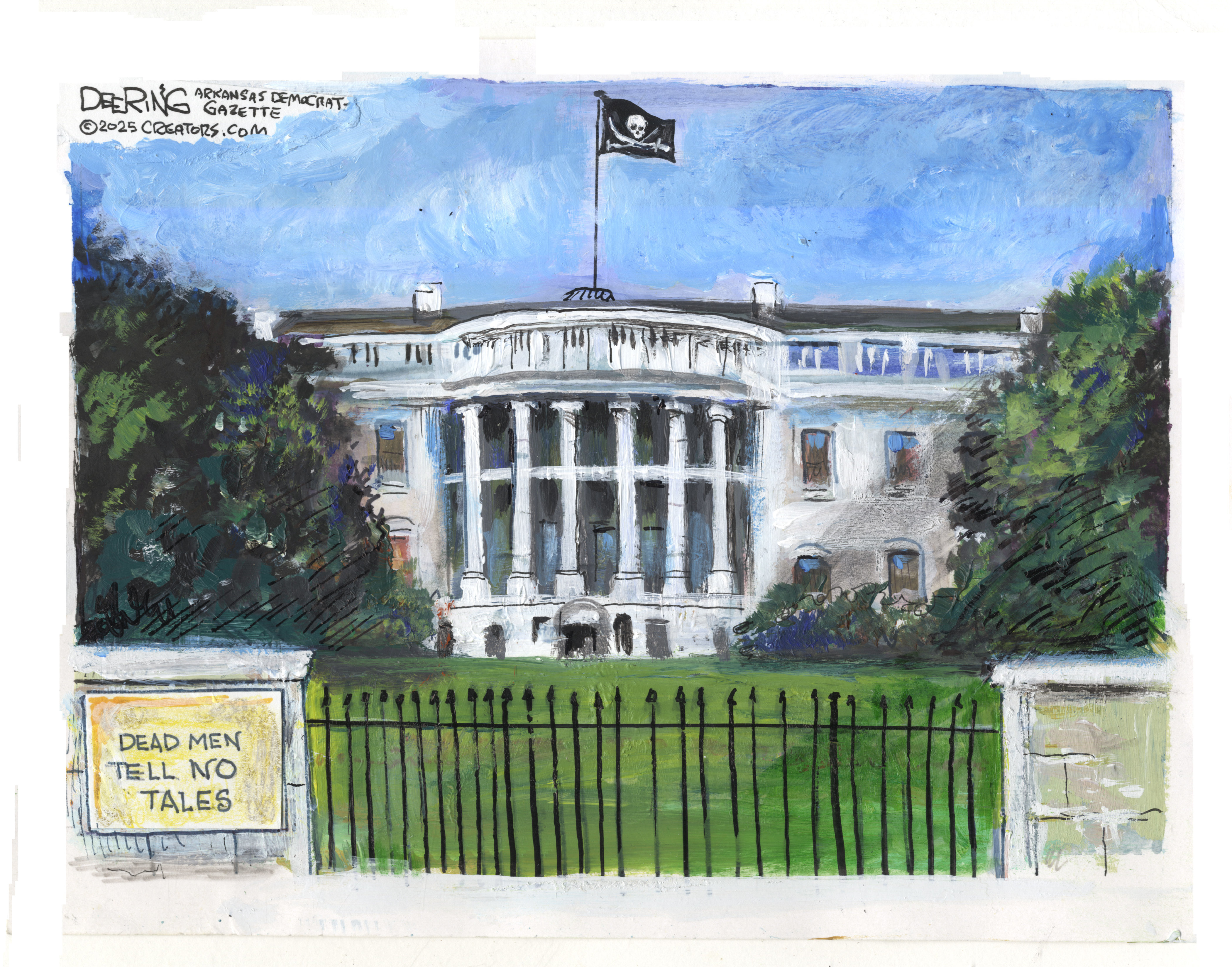 Political cartoons for December 14
Political cartoons for December 14Cartoons Sunday's political cartoons include a new White House flag, Venezuela negotiations, and more
-
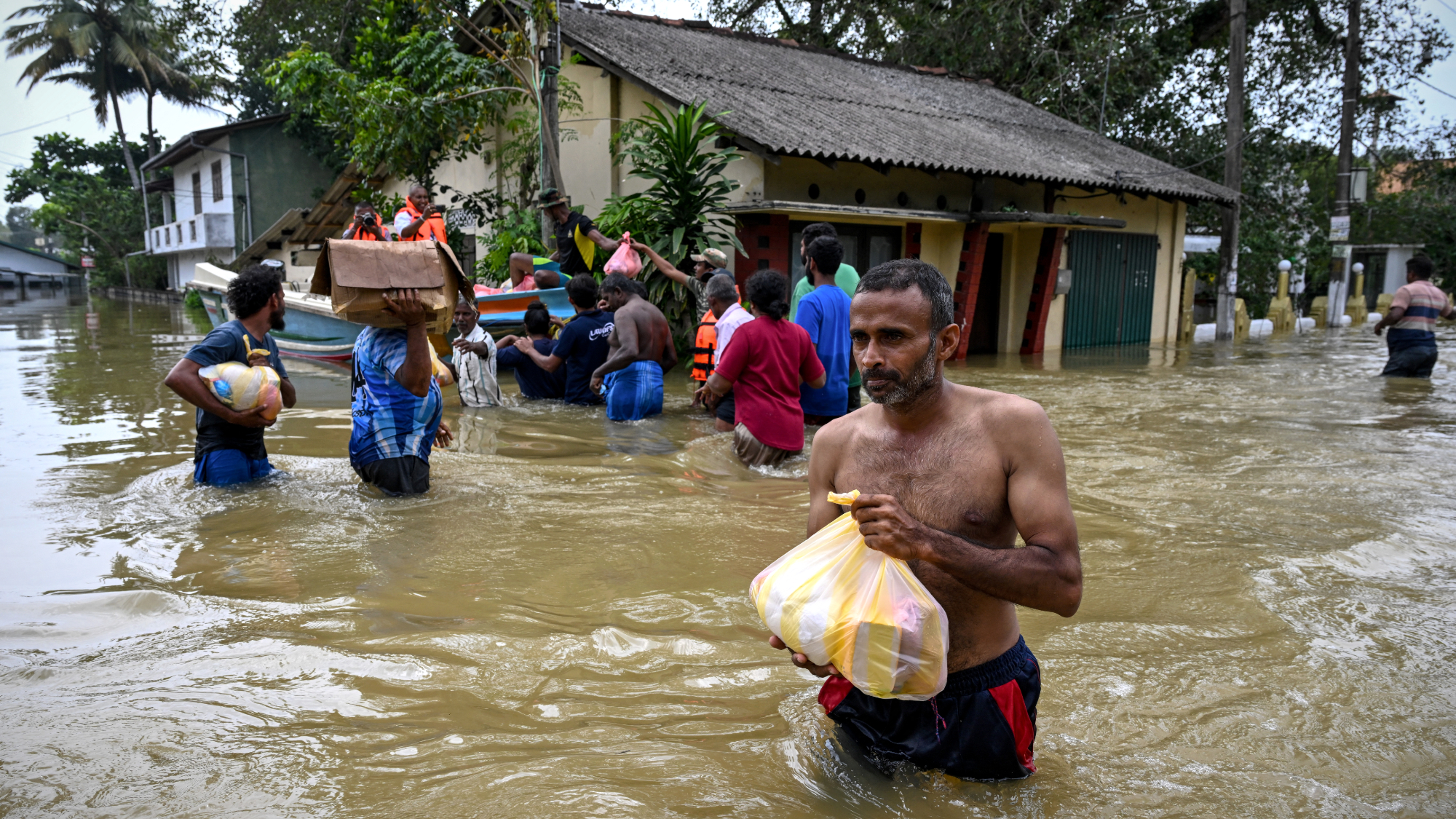 Death toll from Southeast Asia storms tops 1,000
Death toll from Southeast Asia storms tops 1,000speed read Catastrophic floods and landslides have struck Sri Lanka, Indonesia, Thailand and Malaysia
-
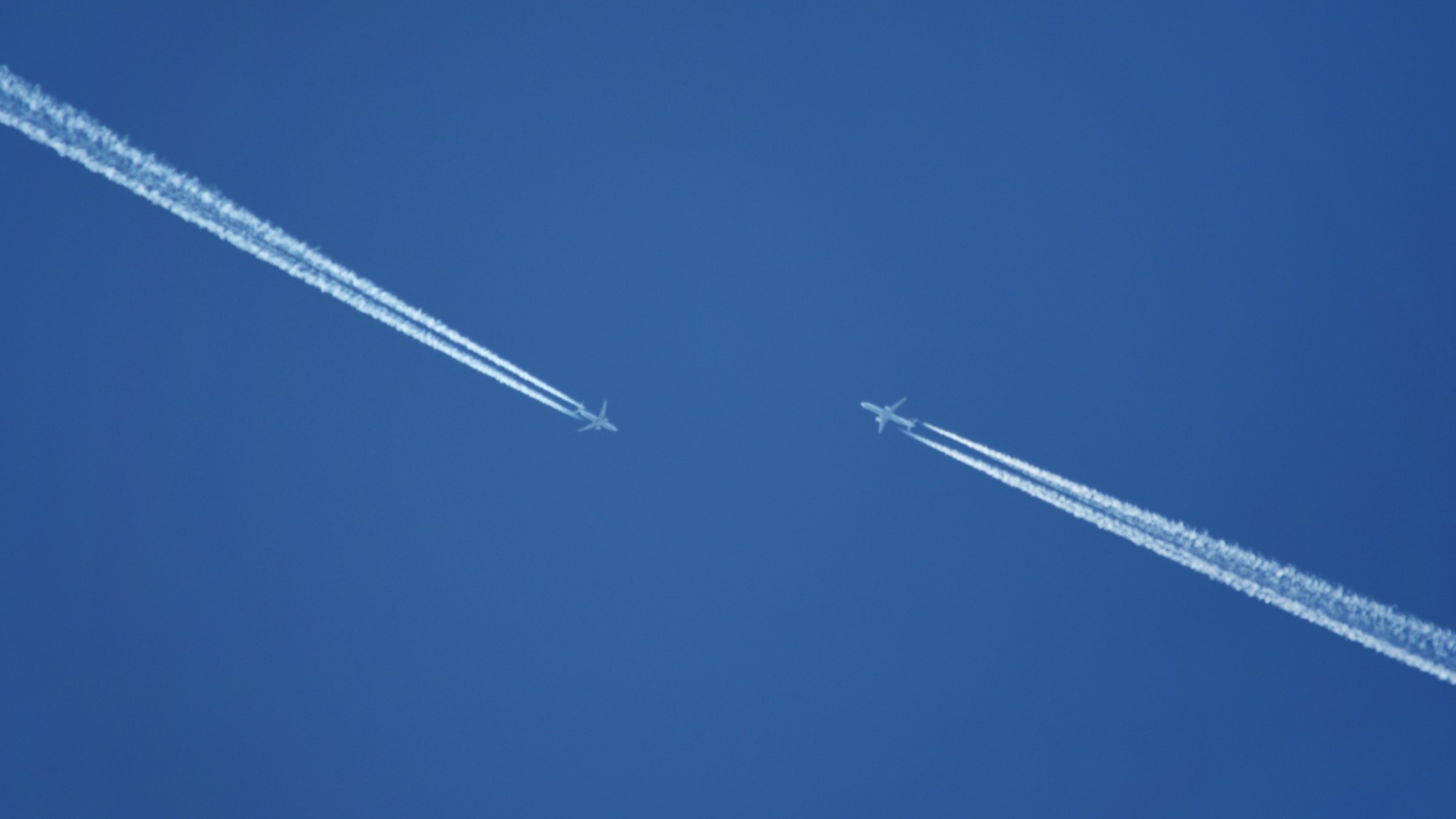 Can for-profit geoengineering put a pause on climate change?
Can for-profit geoengineering put a pause on climate change?In the Spotlight Stardust Solutions wants to dim the sun. Scientists are worried.
-
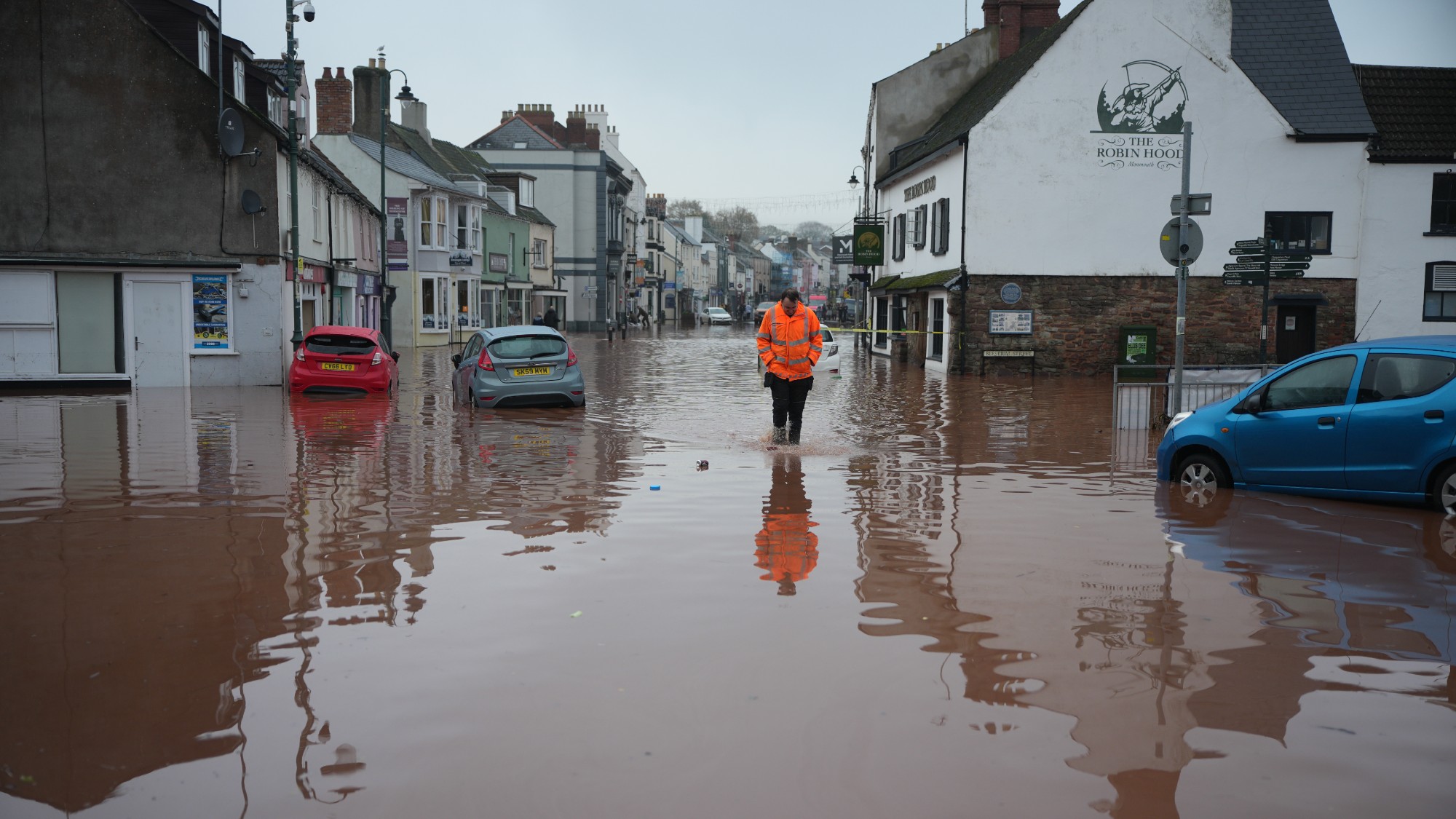 How will climate change affect the UK?
How will climate change affect the UK?The Explainer Met Office projections show the UK getting substantially warmer and wetter – with more extreme weather events
-
 Can the UK do more on climate change?
Can the UK do more on climate change?Today's Big Question Labour has shown leadership in the face of fraying international consensus, but must show the public their green mission is ‘a net benefit, not a net cost’
-
 Did Cop30 fulfil its promise to Indigenous Brazilians?
Did Cop30 fulfil its promise to Indigenous Brazilians?Today’s Big Question Brazilian president approves 10 new protected territories, following ‘unprecedented’ Indigenous presence at conference, both as delegates and protesters
-
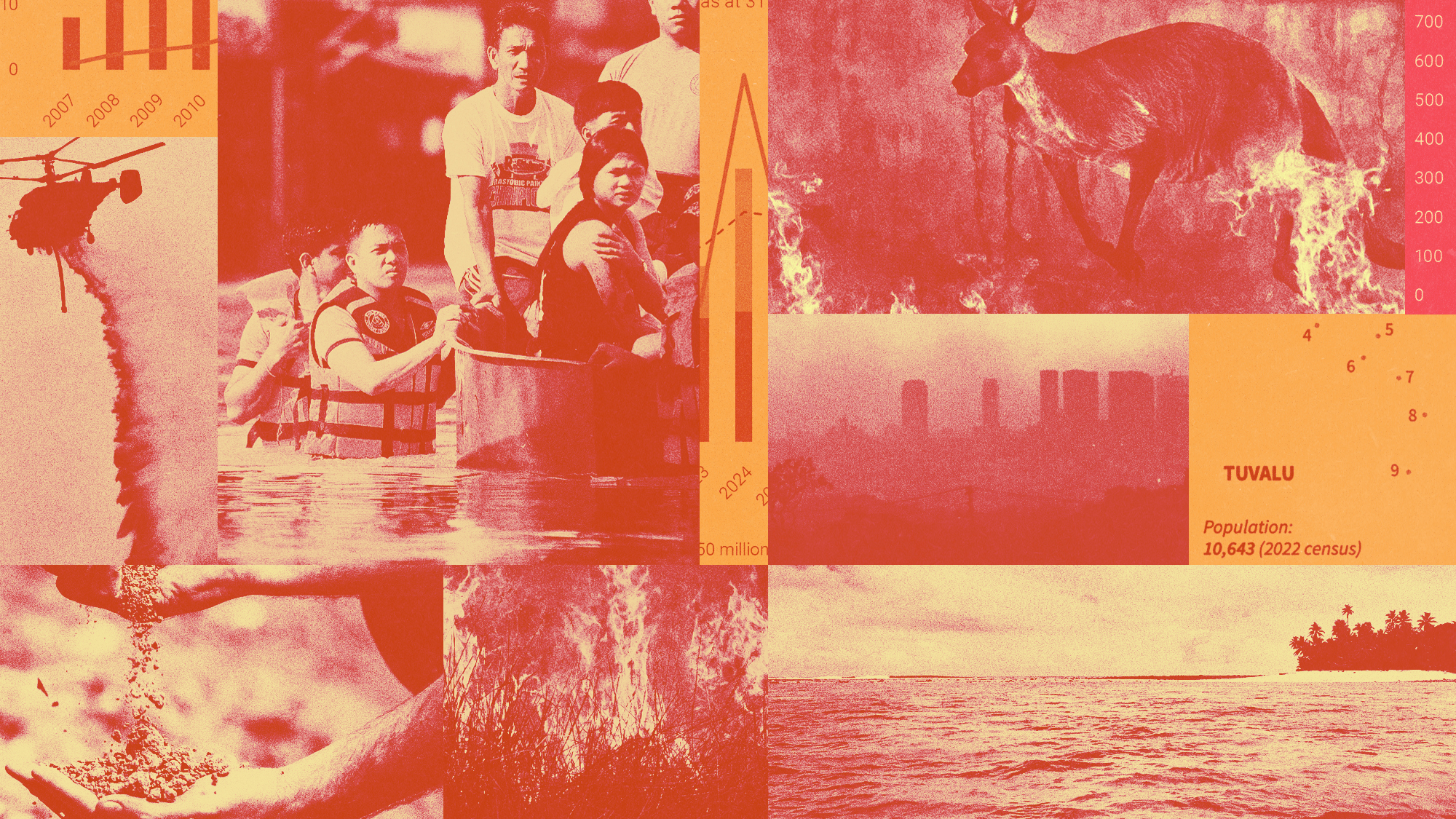 Can the world adapt to climate change?
Can the world adapt to climate change?Today's Big Question As the world gets hotter, COP30 leaders consider resilience efforts
-
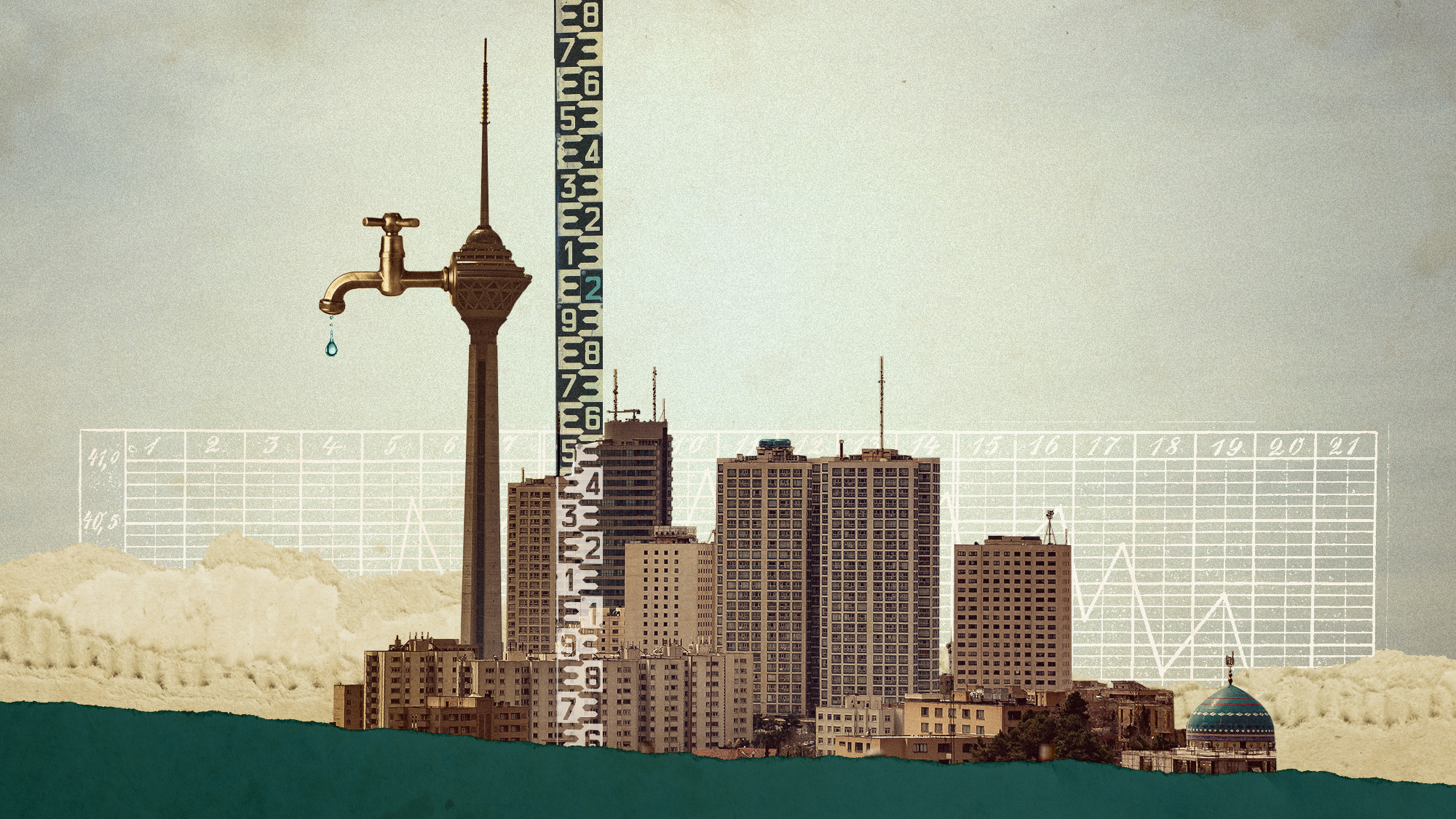 Taps could run dry in drought-stricken Tehran
Taps could run dry in drought-stricken TehranUnder the Radar President warns that unless rationing eases water crisis, citizens may have to evacuate the capital
-
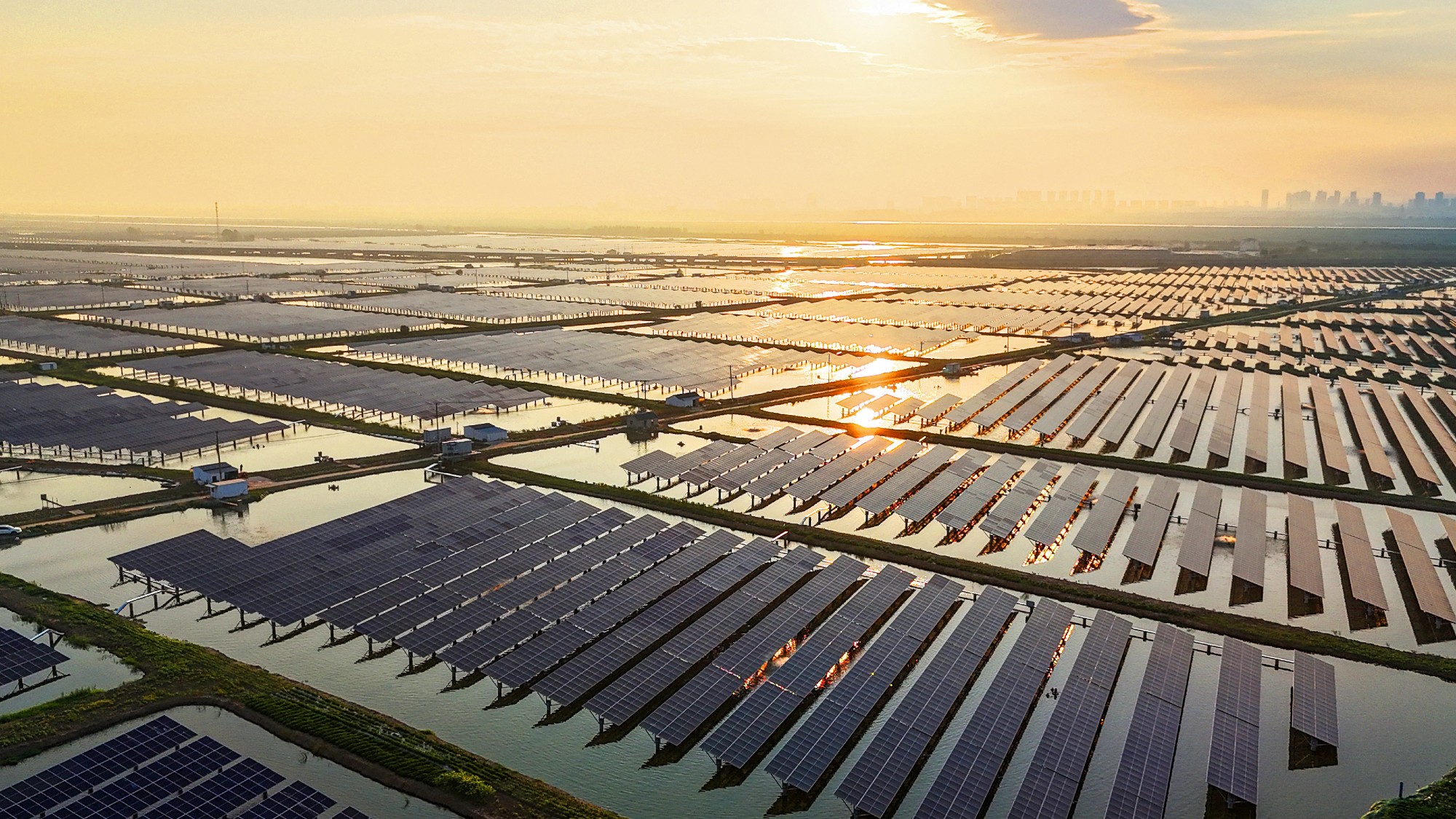 The future of the Paris Agreement
The future of the Paris AgreementThe Explainer UN secretary general warns it is ‘inevitable’ the world will overshoot 1.5C target, but there is still time to change course